Inflation Reduction Act Provides Huge Incentives for Clean Energy Projects
By: Sam Selig
Signed into law by President Joe Biden on Aug. 16, 2022, the Inflation Reduction Act (IRA) aims to reshape the way the United States uses, produces and stores energy while making significant strides toward the reduction of greenhouse gas emissions.
There’s no doubt the IRA will have a substantial impact on American energy. But, what does it mean for both existing and future energy projects? In short: lump-sum rebates from the government of at least 30 percent on qualifying projects, a boosted and likely locked-in Investment Tax Credit (ITC) rate until at least 2032, a large expansion to the types of projects that can qualify for tax credits and more. Put it all together, and the IRA creates a lot of incentive for nonprofit entities to go big on energy efficiency and clean power generation goals.
The experts at Bernhard break down the new IRA and what it means for the energy sector:
What is the IRA?
A scaled-back version of portions of the Build Back Better legislative package that stalled in the U.S. Senate earlier this year, the Inflation Reduction Act of 2022 is still the most significant federal legislation passed so far in the 21st century when it comes to promoting decarbonization, the transition away from fossil fuels and clean energy production and storage.
Through changes to the IRS tax code and other measures, the IRA makes major investments in domestic energy production, efficiency and manufacturing, with a goal of reducing U.S. carbon emissions by roughly 40 percent by 2030.
The act is funded with $737 billion per year raised through several revenue-building measures, including a new 15 percent corporate minimum tax projected to raise $222 billion per year, prescription drug pricing reform that will bring in approximately $265 billion per year, and enhanced IRS enforcement that will raise an estimated $124 billion per year.
From those funds, the act allocates a total of $437 billion per year for domestic spending, including $369 billion per year for Energy Security and Climate Change mitigation, $64 billion to extend the Affordable Care Act and $4 billion to enhance drought resiliency in western states.
The remaining $300 billion raised annually by provisions of the act will be put toward federal deficit reduction.
What does the IRA mean for Bernhard and our customers?
For large-scale energy customers and projects, the impact of the IRA is multi-faceted. The law appears to be very positive for Bernhard’s projects and customer base, particularly for large hospitals, universities and municipalities that are in the market to decarbonize and reach greater energy efficiency.
Key takeaways from the IRA:
Provides nonprofits with a lump sum cash reimbursement from the government equal to at least 30 percent of the total cost of eligible energy projects: For Bernhard’s customers, this might be the biggest news. Under new changes to Section 48, eligible energy transition projects undertaken by tax-exempt entities — including many universities, hospitals, municipal governments and more — now qualify for Investment Tax Credit (ITC) equal to at least 30 percent of a project’s total cost. That percentage is payable in a lump sum when the project goes online. We say “at least 30 percent” because eligible projects by nonprofits that meet certain very strict requirements — including projects built in low-income communities, in areas with significant fossil-fuel related employment, or which meet domestic content requirements — can claim bonuses amounting to up to 70 percent of total project costs.
Expands the types of projects that are eligible for ITC: Project categories eligible for ITC under Section 48 of the IRS code were expanded significantly under the IRA, and now include solar, wind, biomass electricity generation, battery or thermal energy storage technologies, qualified biogas properties, microgrid systems and qualified interconnection properties. To be eligible for ITC, projects must be placed in service after Jan. 1, 2023 and start construction prior to or during 2025. That means almost any large-scale clean energy project started between now and the end of 2025 by a nonprofit entity would be eligible for ITC.
Makes qualifying projects that are less than 1 megawatt in size jump through a lot fewer hoops to claim ITC rebates (but Bernhard has you covered, even if your project is bigger): Most on-site Bernhard energy production projects are smaller than 1 megawatt. That’s important to customers because under the changes made by the IRA, qualifying projects by nonprofit entities that are less than 1 megawatt in size are automatically eligible for at least 30 percent ITC. Build a $1-million solar plant for your campus that is smaller than 1 megawatt, submit those project costs to the U.S. Treasury and you’ll get a check for at least $300,000. Under the IRA, qualifying projects that are larger than 1 megawatt are subject to stricter requirements to receive ITC, including a stipulation that the contractor completing the project pay prevailing wages and have an apprenticeship program. Bernhard already meets both of those requirements, so eligible clients can supersize their projects to more than 1 megawatt without worrying about taking a financial hit.
Amends Section 48 of the IRS code to return the Investment Tax Credit rate to 30 percent: In recent years, the ITC rate on qualifying energy transition projects has been eroded. In 2020, the ITC rate was 30 percent. It was reduced to 26 percent in fiscal years 2021-2022. Had the IRA not been passed, the rate was scheduled to sink further to 22 percent in 2023. With the passage of the IRA, the ITC is now returned to a full 30 percent. That rate is likely locked in for at least the next ten years, as the IRA specifies a 30 percent rate through 2032, or until U.S. electricity production achieves a 25 percent reduction in greenhouse gas emissions, whichever comes first. Energy demand is expected to rise significantly over the next decade, which likely makes a 25 percent reduction in emissions a high bar. Unless there’s a surprise jump in energy efficiency, an unforeseen new energy generation technology is discovered or a successful effort to repeal the IRA, chances are we’ll see the IRA-adjusted ITC rate on qualifying projects stick around until at least 2032.
Amends IRS code 179D on Energy Efficient Property Deductions and significantly lowers the bar on what constitutes an Energy Efficient Property: As opposed to the cash ITC payments provided to eligible projects through changes to Section 48, the changes made by the IRA to IRS code section 179D relate to tax deductions for projects that realize significant energy efficiency in qualifying commercial buildings. While the threshold to claim these tax deductions was previously a sky-high 50 percent year-over-year reduction in energy usage, tax code changes in the IRA cut that in half, to a much more reasonable 25 percent reduction. These deductions are allocated on a sliding scale, based on square footage of the project building and the energy savings achieved. The deduction starts at $.50 cents per square foot for a 25 percent energy cost savings, then increases by $.02 cents per square foot for each percentage point of cost savings greater than 25 percent, up to a maximum deduction of $1 dollar per square foot. Most nonprofit commercial building efficiency projects undertaken by Bernhard realize year-over-year cost savings of much more than 25 percent.
Makes these “Energy Efficient Property Deductions” transferable to project contractors, which can sell them to offset fees: In other big news for eligible decarbonization clients, if the nonprofit entity undertaking a building-efficiency project doesn’t need the tax deductions, 179D now says those deductions can be transferred to the architects, engineers and designers responsible for the energy-efficiency plan that realized the cost savings. Once transferred, these tax credits can be sold by the contractor to other interested parties, including banks or other corporations. That change to 179D allows Bernhard to fold the anticipated sale price of those credits into the financials of our projects to offset fees, which could potentially lower clients’ final cost on eligible projects.
As with any legislation that deals with the IRS tax code, the changes made by the Inflation Reduction Act of 2022 can be difficult to understand. What comes through loud and clear from these changes, however, is the IRA is a monumental change to the energy sector in America, and a huge boost for energy efficiency and clean energy production.
The IRA is very big news for Bernhard customers, and a big incentive for universities, hospitals and other nonprofits that may be considering clean energy production projects or efficiency efforts. If your nonprofit has been considering making energy improvements but dreading the cost, Bernhard’s advice is to strike now while the iron — and the IRA — is hot.
About the Author:
Sam is the senior vice president of renewable energy for Bernhard. He is responsible for the development of solar and renewable energy projects across multiple sectors and the overall development of Bernhard’s renewable natural gas program. Sam is a Registered Professional Engineer and has over a decade of experience in project development, technical sales, and executing maintenance agreements to create strategic company growth and enhancement in the ESG realm.

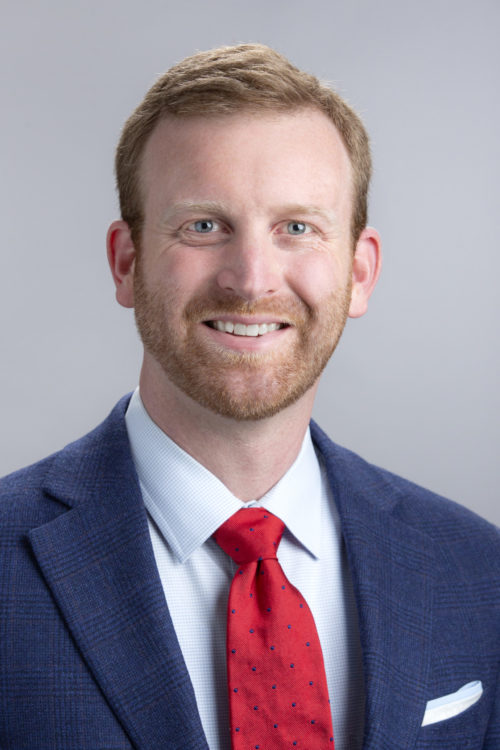
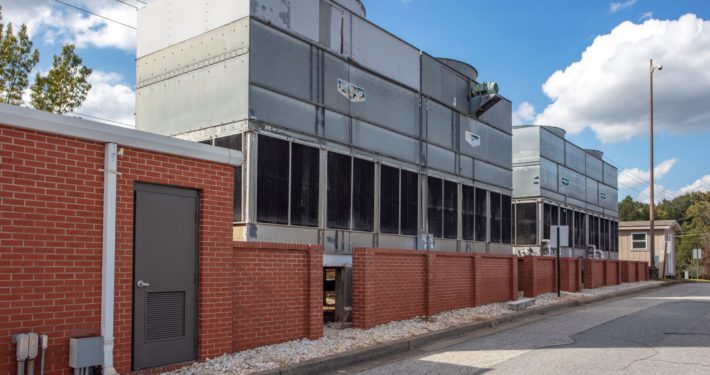

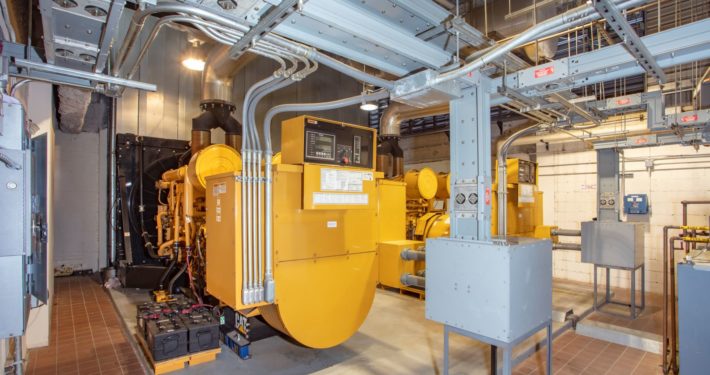
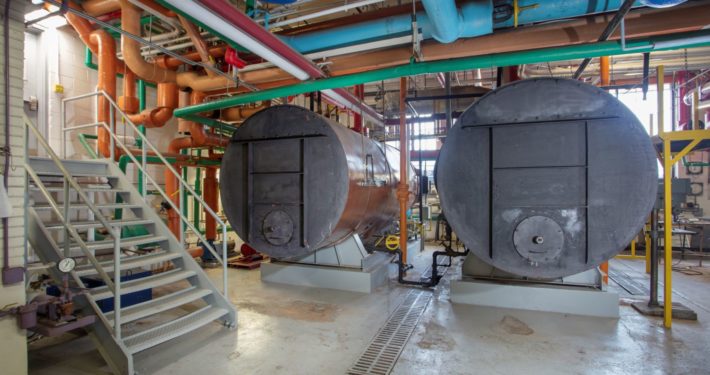
 The improvements to Midland Health facilities will generate a minimum of $664,000 in annual utility cost savings guaranteed by Bernhard. Once the improvements have been made, the health care facility will join an A-rated peer group comprised of Ochsner Health, Franciscan Missionaries of Our Lady Health System, East Alabama Medical Center and several other southeastern health systems that have each executed recent agreements with Bernhard.
The improvements to Midland Health facilities will generate a minimum of $664,000 in annual utility cost savings guaranteed by Bernhard. Once the improvements have been made, the health care facility will join an A-rated peer group comprised of Ochsner Health, Franciscan Missionaries of Our Lady Health System, East Alabama Medical Center and several other southeastern health systems that have each executed recent agreements with Bernhard.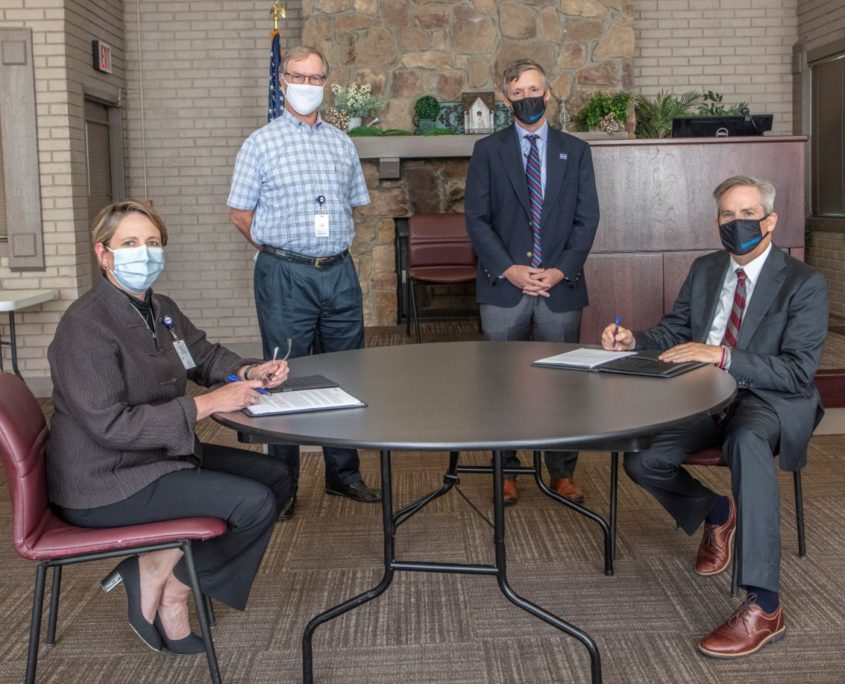 “We are excited to partner with Bernhard on this long-term project and appreciate their critical role in helping EAMC allocate scarce capital resources for the things we need most to take the best possible care of patients,” said Sam Price, EAMC’s Chief Financial Officer.
“We are excited to partner with Bernhard on this long-term project and appreciate their critical role in helping EAMC allocate scarce capital resources for the things we need most to take the best possible care of patients,” said Sam Price, EAMC’s Chief Financial Officer.